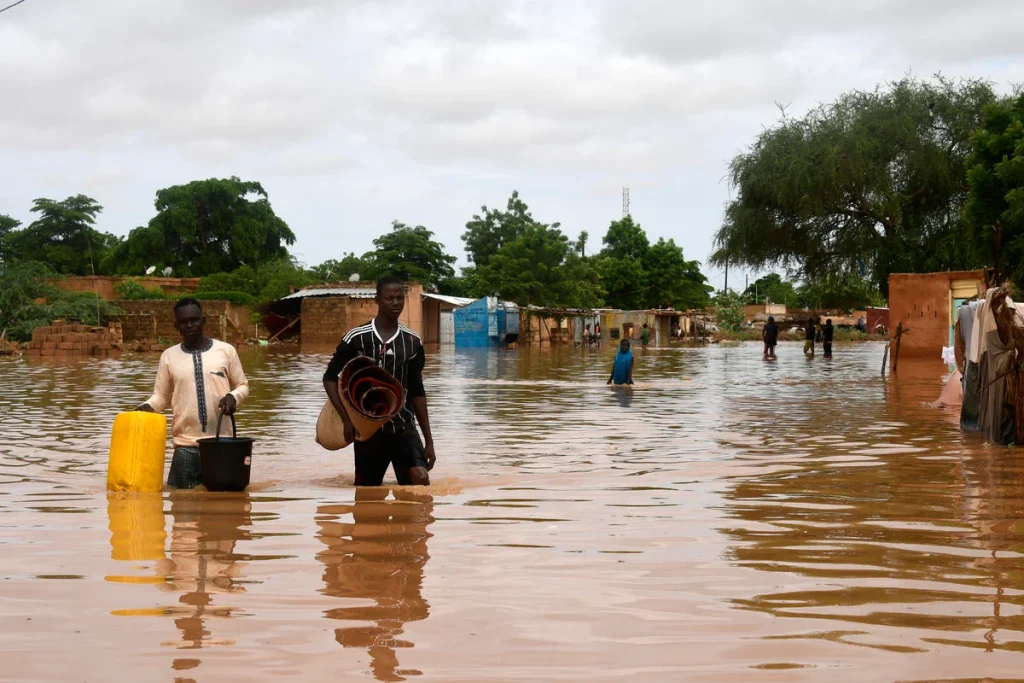Floods that have swept across Niger since June have claimed the lives of at least 94 people and impacted more than 137,000 residents, according to authorities on Friday, with more heavy rains expected in the coming weeks.
An earlier report from the United Nations on July 15 had recorded 53 deaths, attributing the increasing severity of the floods to the effects of climate change. The latest update from the Ministry of Humanitarian Action and Disaster Management, provided by Minister Aissa Lawan Wandarma, now counts 94 fatalities and 137,156 people affected.
Among the casualties, 44 people drowned while 50 others lost their lives due to collapsing structures, Wandarma reported during a press conference. The figures were compiled as of Wednesday.
The national meteorological service has warned of more heavy rainfall in August, which is typically Niger’s wettest month. The capital city of Niamey is one of the latest areas to be affected, where rising waters have resulted in at least four deaths and several injuries, according to the interior ministry.
Nigelec, Niger’s electricity provider, has implemented multiple power cuts in the capital, which is home to two million people, as a precautionary measure.
All regions of Niger have been impacted by the floods, with the southern region of Maradi, southeastern Zinder, and western Tahoua being particularly hard-hit.
Wandarma highlighted that the floods have exacerbated a shortage of drinking water and the spread of diseases such as malaria and cholera in the worst-affected areas. Over 15,000 homes have been destroyed, along with the loss of 15,472 livestock.
The annual rainy season from June to September regularly brings widespread devastation to Niger. In 2022, the floods resulted in 195 deaths and affected 400,000 people.

